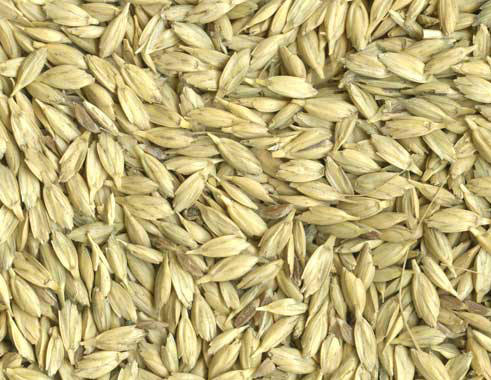Spelt
Spelt (Triticum aestivum var. spelta) is a subspecies of wheat that is primarily used as an alternative feed grain for livestock. It is generally grown for on-farm use, often as a substitute for oats. Most of the nation’s feed-grade spelt is grown in Ohio. Spelt can also be used in many of the same processed foods as soft red winter wheat (for example, pasta, high fiber cereals, and crackers). Some people with allergies to wheat are not allergic to spelt, making spelt an excellent substitute for wheat in their diets. Spelt products are available through organic and health food stores.
Marketing
The use of spelt as a food grain is a growing market due to increased interest in whole grain and wheat-free products. Most food-grade spelt is grown on contract with a processing company. Nature’s Legacy (formerly Purity Foods, Inc.), a Michigan-based company, specializes in organic and natural food products and is one of the main marketers for spelt flours and pastas. Producers interested in producing a specialty grain will need to contact current processors for contract feasibility.
Production
 Like winter wheat, spelt is seeded in the fall and harvested the following summer, although it is late maturing compared with most wheat varieties. Spelt is generally more winter hardy than many soft red winter wheat varieties. Unlike many other grains, spelt can be grown on low fertility soils that are poorly drained; it also grows well on sandy soils. Management is similar to that of wheat, although spelt requires less nitrogen per acre than wheat. Spelt is a common rotational crop on organic farms; however, it should not be planted following other cereal grains.
Like winter wheat, spelt is seeded in the fall and harvested the following summer, although it is late maturing compared with most wheat varieties. Spelt is generally more winter hardy than many soft red winter wheat varieties. Unlike many other grains, spelt can be grown on low fertility soils that are poorly drained; it also grows well on sandy soils. Management is similar to that of wheat, although spelt requires less nitrogen per acre than wheat. Spelt is a common rotational crop on organic farms; however, it should not be planted following other cereal grains.

